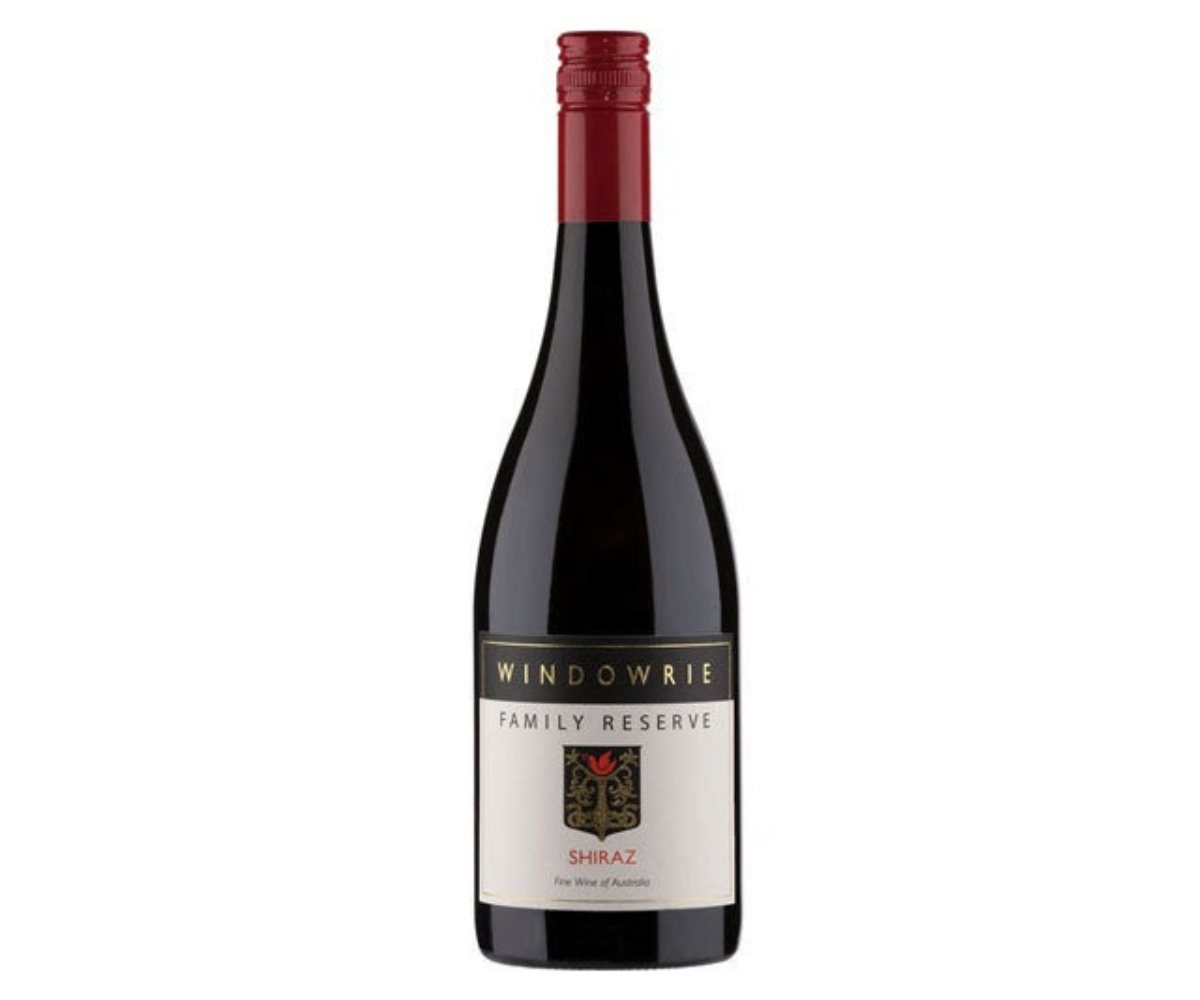Windowrie of Cowra

The Cowra wine region covers around 1,250 square kilometres in the Lachlan River Valley at the southern end of the Central Ranges zone in New South Wales. Unsurprisingly, the district is named after the largest town in the region and it’s amongst the lowest altitude and warmest parts of the Central Ranges region.
And while the oenological offerings of the area have only risen to prominence in recent decades, historians tell us that early records show viticulture in the region as early as 1865, though it was not until the 1940’s that the first commercial winery was established. In the early 1970’s, commercial wine production really took off in the region.
And it was Chardonnay that put Cowra on the national viticultural map. Through the 1980’s, some iconic Chardonnays were produced from fruit grown in the region; like those made by Brian Crosier of Petaluma. Some large players such as McGuigan and Cowra Estate have successfully produced high volumes of good quality Chardonnay over the years and solidified the reputation of Cowra as a viticultural supersite. But in recent times, it has been organic, biodynamic and minimal intervention wine making that has made the region the envy of its peers.
In 2007, the Cowra wine region developed the Wine Sustainable Wine Partnership with its mission simply stated “to produce wine of regional character with the least environmental impact of any region in Australia”. Such is the region’s commitment to sustainability and biodynamics that more than half the wine producing members of the partnership are certified as both organic and biodynamic.
And perhaps the leader in this drive for sustainability and minimal intervention is the O’Dea family who own Windowrie Estate. It’s a family owned and operated venture which has grown from its original 60 acres (planted in 1987) to having the largest wine production facility in the district. Whilst their Chardonnay is the stalwart of the stable, these days, varietals like Verdelho, Cabernet, Shiraz, Merlot, Petite Verdot, Cabernet Franc and Tempranillo are expected to be the future superstars of the side.
And having the ability to process their own fruit locally within fifteen minutes of harvesting the grapes gives them an obvious, if not significant, advantage!
The viticulturalists at Windowrie are committed to minimal intervention and use no insecticides whatsoever in the vineyard. They say that “the combination of the natural soil, climate, topography and water and careful management practices allow the growth of clean, fresh, full flavoured grapes”.
Windowrie, Family Reserve Shiraz 2016 and Windowrie, Cabernet Sauvignon 2015
And having recently tried their Family Reserve Shiraz (2016) and Cabernet Sauvignon (2015), I can attest to the fact that their statements about fresh and full flavoured grapes are undeniably true!
Despite the trend towards making reserve wines at the pricey end of the spectrum, the Family Reserve Windowrie reds are not aimed at the super premium end of the market, but rather in the comfortable middle where quality is high but the price point not out of reach. With a retail price of around $35.00, both the Shiraz and Cabernet offer excellent value and a guaranteed palate pleasing experience.
Cabernet Sauvignon is not a grape which has been widely planted in the Cowra region but the Windowrie is sure to be a winner. There’s a very bright crimson colour of the wine in the glass which telegraphs the freshness and intensity of the fruit that will follow. It came from a vintage which had low yields due to frosts, but the intensity of the fruit once on the palate is undeniable. It’s herbaceous, layered with currents, raspberry notes and a clove-like edge but it’s the influence of French oak that delivers the wow factor on the conclusion. Great balance, terrific structure and a few hints of vanilla and all spice to add to the experience! Whilst the tannins are evident across the palate, there’s none of that cheek sucking grippiness that sometimes haunts the Cabernet Sauvignon style.
On the other hand, the Family Reserve Shiraz has enjoyed its share of the headlines after winning a gold medal at the Royal Sydney Wine Show and recently going on to win the Winewise Championship (being judged the best of the year’s gold medal-winning Shiraz). Ironically, despite the perfumed nose, plum and black cherried characters through the middle and its sweet ripe fruit, I prefer the Cabernet. And that’s unusual because ordinarily, my palate gravitates towards a Shiraz in any oenological line up. It just goes to show that what impresses the judges doesn’t always resonate with every palate.
Cowra may once have been synonymous with Chardonnay, but with these new found biodynamic and organic practices in play, the star of their red varietals is seemingly on the rise.